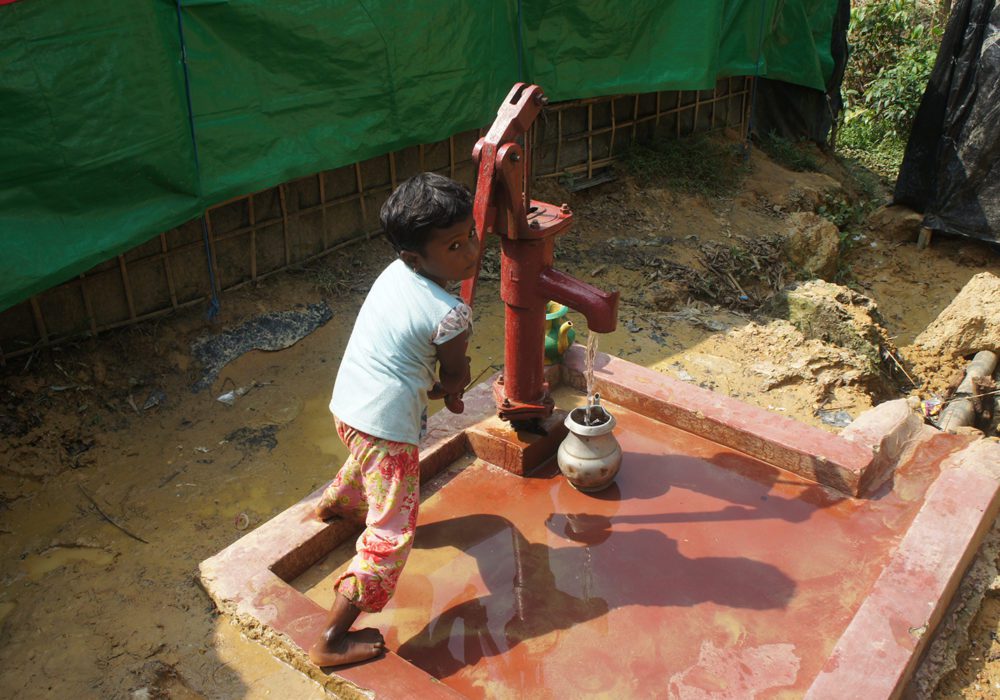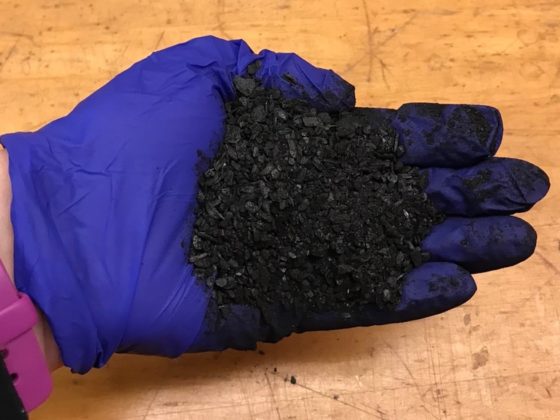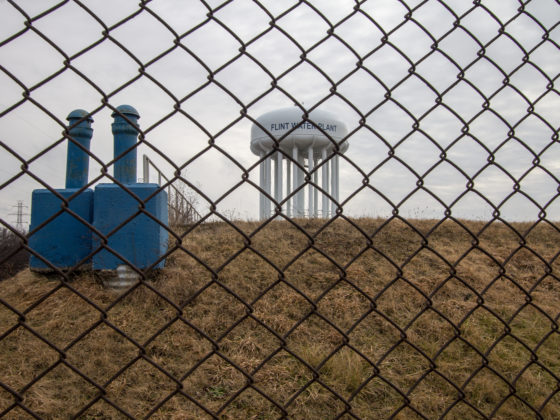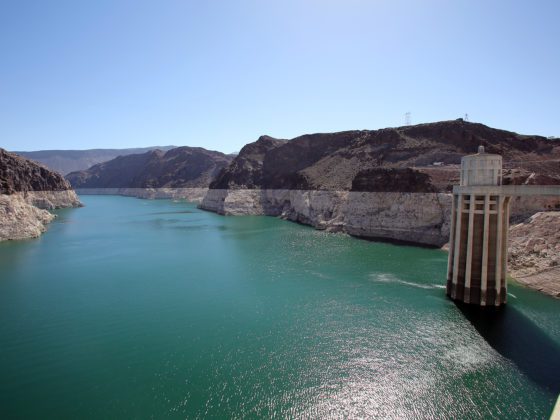Lex Van Geen is a world-renowned arsenic specialist at Columbia University’s Earth Institute. He has been working on arsenic contamination for 20 years, especially (but not only) in Bangladesh. The World Health Organization has called Bangladesh’s arsenic problem “the largest poisoning of a population in history.” On February 16, Lex Van Geen gave the keynote address to open the fifth edition of the World Water Events at the University of Virginia. We spoke with him.
Why does Bangladesh have an arsenic problem? Do we understand where the arsenic comes from and how widespread it is?
Half of the 10 million wells in Bangladesh yield water that contains toxic levels of arsenic. The source is entirely natural: floodplain sediments produced by Himalayan erosion. Pretty much any uncontaminated sediment rapidly buried with plant matter could release enough arsenic to groundwater to cause a health problem if it is consumed. All you need are conditions where water is sufficiently depleted of dissolved oxygen, so that iron oxides release their natural arsenic content. The arsenic has been in the groundwater for thousands of years. What triggered the health crisis is that villagers started drinking well water in the 1970s to reduce exposure to microbial pathogens contained in surface water. The groundwater arsenic problem is estimated to affect over 100 million villagers across South and Southeast Asia. Chronic exposure to arsenic in Bangladesh contributes to 5% of mortality there—primarily due to cardiovascular disease.
When a little more than 10 years ago the United States lowered the allowable limit of arsenic in drinking water, we mainly adapted by upgrading/building new treatment plants. Why does Bangladesh not follow that same path and just upgrade its water-treatment plants?
Most of the rural Bangladeshi population gets its water from wells, not from piped water. At this point, building water-treatment plants on a large scale in the less dense rural areas where the arsenic challenge is most pronounced is probably not feasible. An estimated 40 million people rely on private wells in the U.S., although the population density is much lower than in Bangladesh of course. In addition, in our main study area in Bangladesh, most of the exposure to arsenic occurs at 100 micrograms per liter or more, which is at least 10 times the World Health Organization (WHO) guideline. This exposure stems from drinking water from private wells instead of piped-water supply systems. The government of Bangladesh already has difficulty getting people to drink water that meets the local standard of 50 microgram per liter. Lowering the standard to the U.S. and WHO level now might in fact dilute resources away from the most exposed population.
How do you propose to fight arsenic contamination in Bangladesh (and other parts of Asia)? And what are the strengths of this path?
Most villages include at least some wells that are low in arsenic. We have learned enough in the past 20 years to know that arsenic concentrations in well water don’t change rapidly. Most of the reduction in exposure we have documented over this period is the result of existing safe wells, sharing of the subset of safe wells among households, and re-installing wells to target aquifers that are low in arsenic. This pragmatic approach appears to be more effective than treatment to remove arsenic altogether from the water.
What has given you most hope in the 20 years that you have studied arsenic contamination?
I have seen that many villagers do respond to information about a health risk if it is provided to them in a suitable form—even if there are many demands on their time and constraints on their actions. We know that testing wells is cheap and quality control can be provided by tracking through smartphones.
What are the challenges and obstacles that you see?
It is a challenge to convince the government that one-time testing, even in blanket fashion where you check every well, is not sufficient. Testing services need to be in place permanently at the local level. This will give maximum latitude for villagers to lower their exposure by individual action. In addition, we need to convince the government to devote any additional public resources available to install deep public wells. We know that deeper aquifers are far less likely to be contaminated by arsenic.





